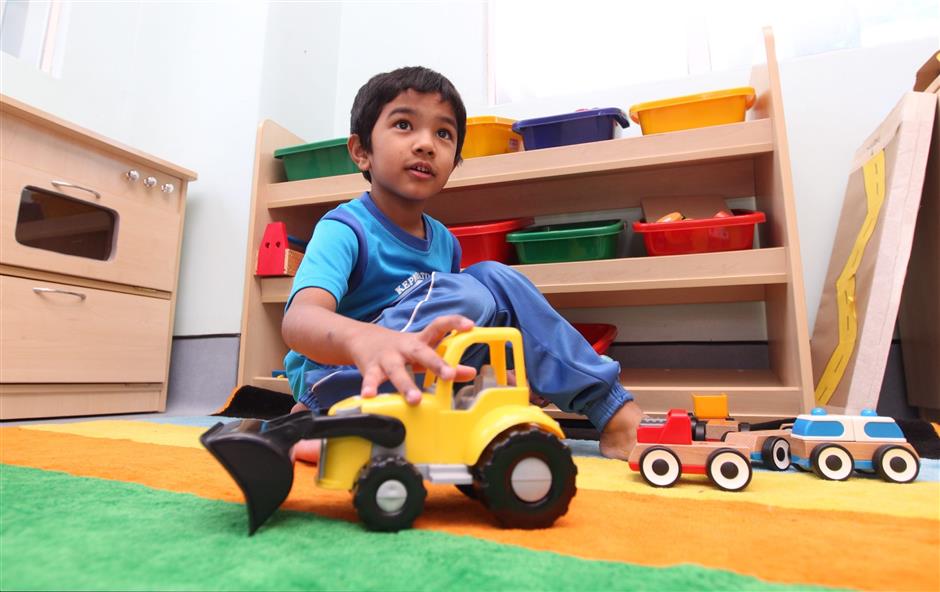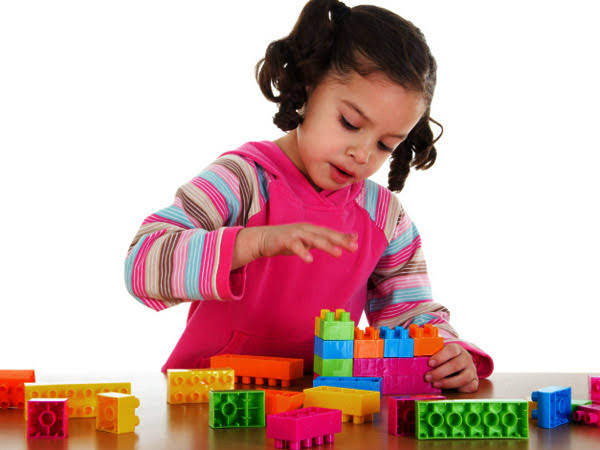
Autism spectrum disorder is neurodevelopmental condition that impacts how a person perceives and socializes with others, causing problems in social interaction and communication. The disorder also includes limited and repetitive patterns of behavior. The term “spectrum” in autism spectrum disorder refers to the wide range of symptoms and severity.
It includes conditions that were previously considered separate — autism, Asperger’s syndrome, childhood disintegrative disorder and an unspecified form of pervasive developmental disorder. Some people still use the term “Asperger’s syndrome,” which is generally thought to be at the mild end of autism spectrum disorder.
Autism spectrum disorder begins in early childhood and eventually causes problems functioning in society — socially, in school and play patterns . Often children show symptoms of autism within the first year. A small number of children appear to develop normally in the first year, and then go through a period of regression between 18 and 24 months of age when they develop autism symptoms.
While there is no cure for autism spectrum disorder, intensive, early treatment can make a big difference in the lives of many children.
SymptomsSome children show signs of autism spectrum disorder in early infancy, such as reduced eye contact, lack of response to their name or indifference to caregivers. Other children may develop normally for the first few months or years of life, but then suddenly become withdrawn or aggressive or lose language skills they’ve already acquired. Signs usually are seen by age 2 years.
Each child with autism spectrum disorder is likely to have a unique pattern of behavior and level of severity — from low functioning to high functioning.
Because of the unique mixture of symptoms in each child, severity can sometimes be difficult to determine. It’s generally based on the level of impairments and how they impact the ability to function.
Below are some common signs shown by people who have autism spectrum disorder.
Social Communication and InteractionA child or adult with autism spectrum disorder may have problems with social interaction and communication skills, including any of these signs:
Fails to respond to his or her name or appears not to hear you at times
Resists cuddling and holding, and seems to prefer playing alone, retreating into his or her own world
Has poor eye contact and lacks facial expression
Doesn’t speak or has delayed speech, or loses previous ability to say words or sentences
Can’t start a conversation or keep one going, or only starts one to make requests or label items
Speaks with an abnormal tone or rhythm and may use a singsong voice or robot-like speech
Repeats words or phrases verbatim, but doesn’t understand how to use them
Doesn’t appear to understand simple questions or directions
Doesn’t express emotions or feelings and appears unaware of others’ feelings
Doesn’t point at or bring objects to share interest
Inappropriately approaches a social interaction by being passive, aggressive or disruptive Has difficulty recognizing nonverbal cues, such as interpreting other people’s facial expressions, body postures or tone of voice
Patterns of BehaviourA child or adult with autism spectrum disorder may have limited, repetitive patterns of behavior, interests or activities, including any of these signs:
Performs repetitive movements, such as rocking, spinning or hand flapping
Performs activities that could cause self-harm, such as biting or head-banging
Develops specific routines or rituals and becomes disturbed at the slightest change
Has problems with coordination or has odd movement patterns, such as clumsiness or walking on toes, and has odd, stiff or exaggerated body language
Is fascinated by details of an object, such as the spinning wheels of a toy car, but doesn’t understand the overall purpose or function of the object
Is unusually sensitive to light, sound or touch, yet may be indifferent to pain or temperature
Doesn’t engage in imitative or make-believe play
Fixates on an object or activity with abnormal intensity or focus
Has specific food preferences, such as eating only a few foods, or refusing foods with a certain texture
As they mature, some children with autism spectrum disorder become more engaged with others and show fewer disturbances in behavior. Some, usually those with the least severe problems, eventually may lead normal or near-normal lives. Others, however, continue to have difficulty with language or social skills, and the teen years can bring quite a lot of behavioral and emotional problems.
TreatmentEarly intervention is the key to improve the prognosis. Giving your child evidence based therapies like Applied Behavior Analysis (ABA), speech and language therapy, Occupational and Sensory Integration therapy leads to best functional outcomes. A regular follow up with your developmental pediatrician is a must to decide further course of action.


